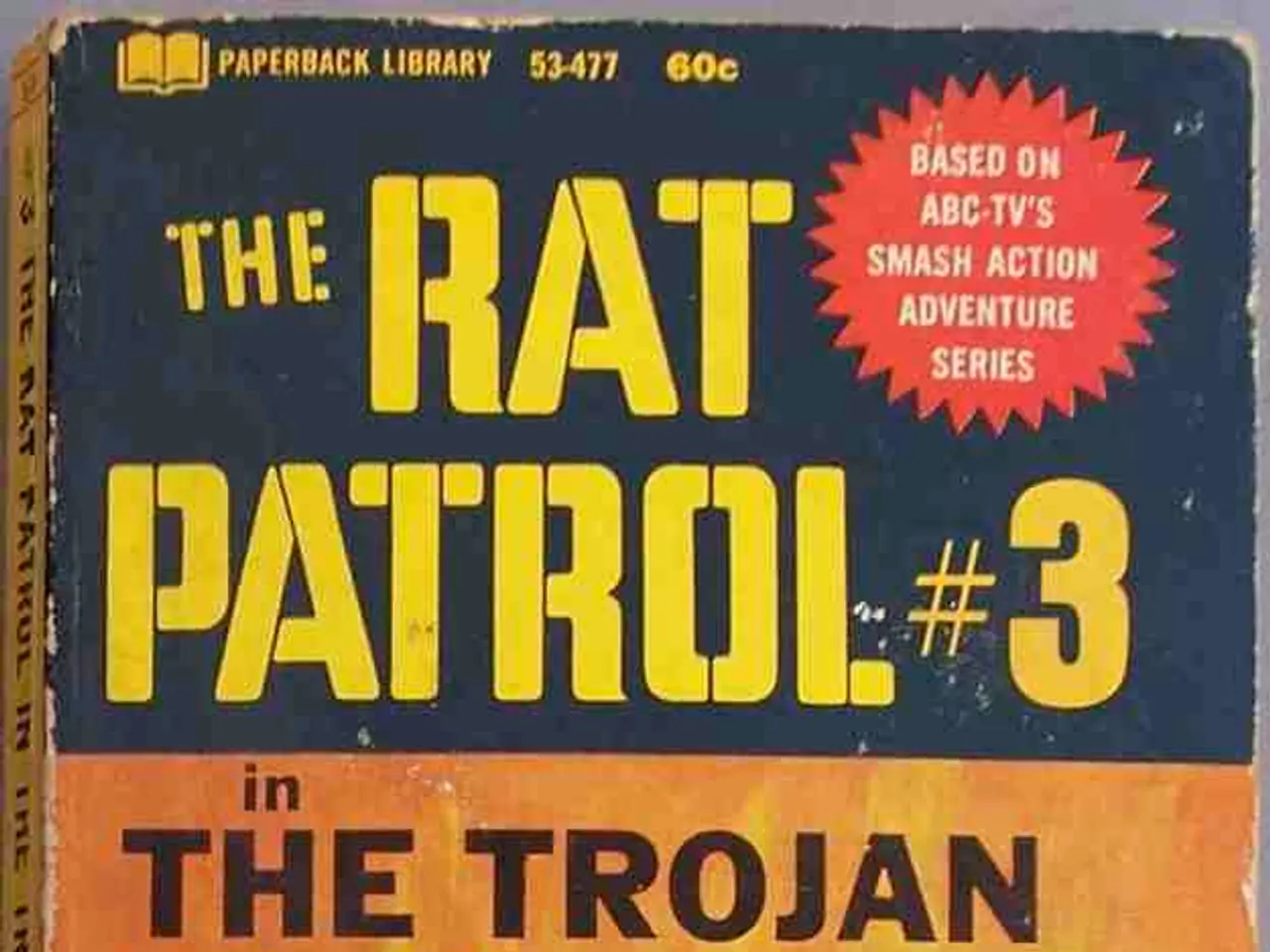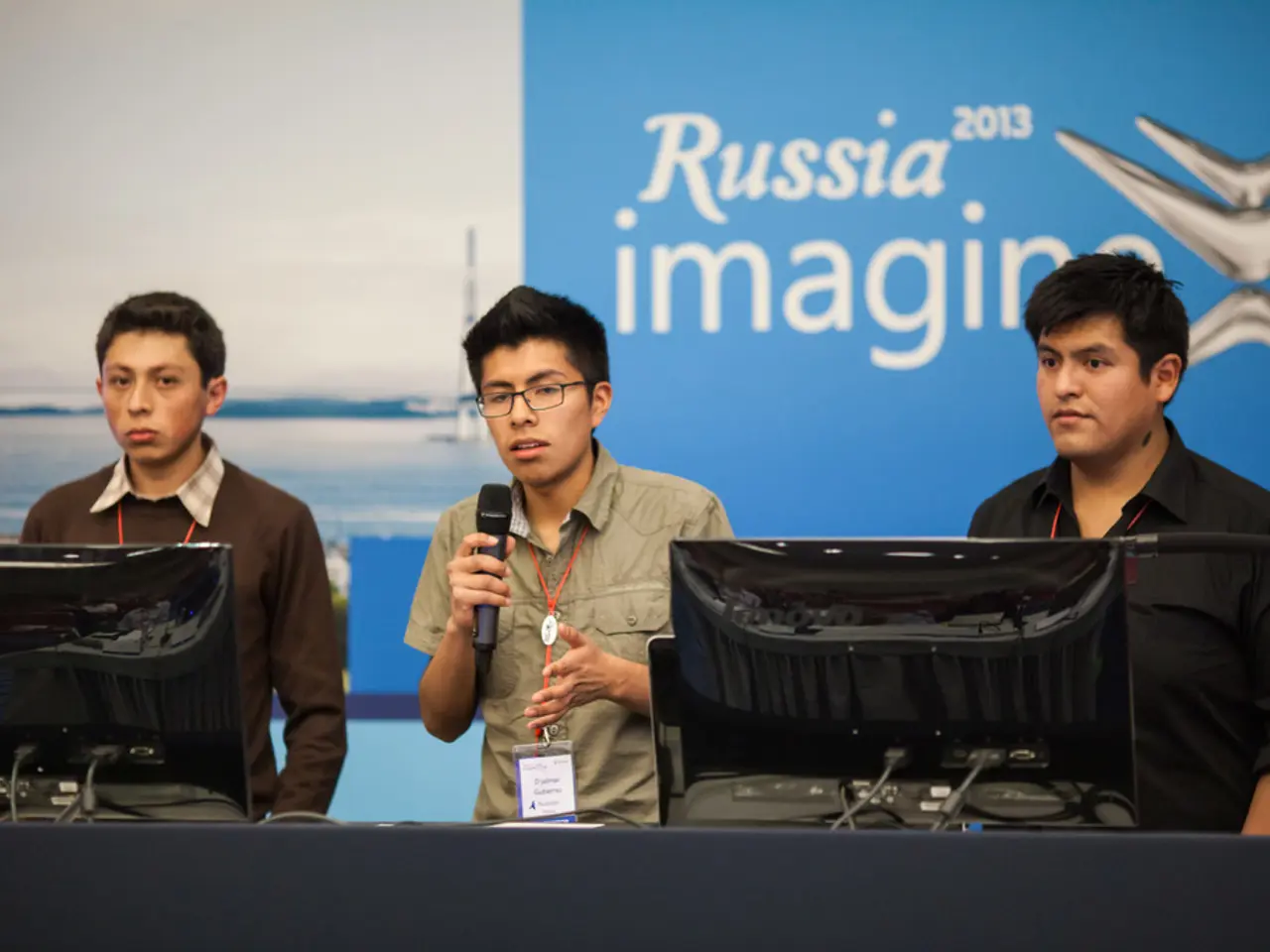Reviving the Mining Sector: Strategies for Restoring its Momentum
A Dusty Deal: Ukraine's Graphite Mines and the US-Ukraine Agreement
In the heart of Europe, nestled in the rocky, opaque earth of the Kirovohrad Oblast, lies the Zavallya mine—one of Europe's largest graphite mines. This quarry, resembling the eye of a cyclops, teems with untapped potential, yet remains partly buried under a veil of skepticism. On April 30, 2025, Washington and Kyiv inked a broad economic agreement, granting the US access to Ukraine's natural resources, including graphite, in exchange for funding to rebuild Ukraine devastated by war. Here's a closer look at the mine, the people, and the hopes and doubts surrounding this deal.
The Quarry of Silence
Wind whispers through electric wires strewn over plastic pillars near the mine, and a turquoise artificial lake stretches out below, surrounded by idle cranes and excavators. The mine is silent, save for the occasional rustling of wind. "It took more than 2,000 men and a decade to build this quarry," says Ihor Semko, the mine's director, wearing his dark glasses on his head.
The mine holds more than 19 million tons of graphite, a precious mineral used notably in industry for the manufacture of electric batteries. As one of the many strategic minerals hidden beneath Ukrainian soil, graphite now stands at the epicenter of the mining agreement between Kyiv and Washington.
Skepticism Lingers
For Ihor Semko and his workers, the war, energy shortages, Chinese competition, and a dwindling workforce have brought the mine to a standstill for several years. Despite the new agreement, Semko remains hesitant. "I hope this agreement will be as beneficial for Ukraine as it is for the United States. In 1994, we also signed an agreement — the Budapest Memorandum, which guaranteed European and American security in exchange for the dismantling of Ukraine’s nuclear arsenal inherited from the USSR. Today, we can see what became of it…"
Semko is not alone in his doubts. Valentyna Duzhiy, responsible for quality control, expresses hope for foreign investment but worries whether it will restore their livelihoods. Alla Tkachuk, a worker at the factory for 36 years, rues the gradual decline of the local industry and bemoans the lack of employment opportunities in the region. "We fight for what's ours. Our children die for our land, our resources. Our whole life is here. We love our country, we defend it."
A Long Road Back
As the sun sets, casting golden rays on the church and cemetery at the edge of a grove, one can't help but feel that Zavallya remains a place where souls return to be buried, rather than a source of renewal. Despite the promise of the US-Ukraine agreement, the road to sustainable growth for the mine—and the region—is still fraught with challenges. Only time will tell if these hearts and minds can find renewed hope in the deal's potential.
(Enrichment Data: While the deal's specific impacts on Zavallya remain unclear, there is potential for US investment to modernize or expand the mine's infrastructure. The agreement could position the mine for US-backed projects, although no public details about specific mines or production quotas tied to the agreement have been released yet.)
The analysis of the Zavallya mine, Europe's largest graphite mine, reveals a silent quarry marred by years of standstill due to war, energy shortages, Chinese competition, and a dwindling workforce. Despite the recently signed economic agreement between Ukraine and the US, which notes access to Ukraine's natural resources like graphite in exchange for funding, skepticism lingers among the mine's workers. Ihor Semko, the mine's director, hopes for a beneficial agreement, but recalls the Budapest Memorandum of 1994, questioning the guarantees given by Europe and the US. The skepticism is shared by Valentyna Duzhiy, responsible for quality control, Alla Tkachuk, a factory worker for 36 years, and others who long for the revitalization of the local industry and employment opportunities in the region. Despite the potential of the US-Ukraine agreement to modernize or expand the mine's infrastructure and position it for US-backed projects, the road to sustainable growth is still fraught with challenges, as the mine seems to be a place where souls return to be buried rather than a source of renewal.










